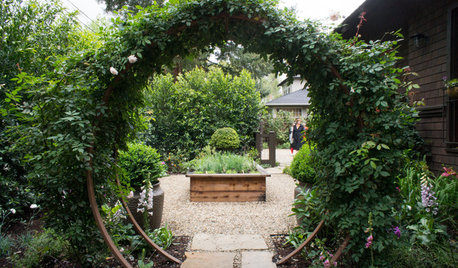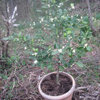What varieties of citrus aremore resistant to citrus greening disease?
bananafan2
9 years ago
last modified: 9 years ago
Featured Answer
Sort by:Oldest
Comments (27)
Suzi AKA DesertDance So CA Zone 9b
9 years agoponcirusguy6b452xx
9 years agoRelated Professionals
Allen Landscape Architects & Landscape Designers · Birmingham Landscape Architects & Landscape Designers · Rancho Palos Verdes Landscape Architects & Landscape Designers · Simi Valley Landscape Architects & Landscape Designers · Paradise Landscape Architects & Landscape Designers · Addison Landscape Contractors · Aloha Landscape Contractors · Caldwell Landscape Contractors · Hendersonville Landscape Contractors · Kailua Landscape Contractors · Long Branch Landscape Contractors · Ridgewood Landscape Contractors · Waldorf Landscape Contractors · Waterford Landscape Contractors · Irvington Landscape Contractorshoosierquilt USDA 10A Sunset 23 Vista CA
9 years agojohnmerr
9 years agolast modified: 9 years agoSilica
9 years agoSuzi AKA DesertDance So CA Zone 9b
9 years agoponcirusguy6b452xx
9 years agolast modified: 9 years agoSilica
9 years agohoosierquilt USDA 10A Sunset 23 Vista CA
9 years agolast modified: 9 years agoSuzi AKA DesertDance So CA Zone 9b
9 years agoaztcqn
9 years agolast modified: 9 years agozwoydziak9bsunset13
9 years agolast modified: 9 years agoSuzi AKA DesertDance So CA Zone 9b
9 years agohoosierquilt USDA 10A Sunset 23 Vista CA
9 years agozwoydziak9bsunset13
9 years agoSilica
9 years agoSuzi AKA DesertDance So CA Zone 9b
9 years agoSilica
9 years agoponcirusguy6b452xx
9 years agolast modified: 9 years agoSuzi AKA DesertDance So CA Zone 9b
9 years agouncle molewacker z9b Danville CA (E.SF Bay)
9 years agohoosierquilt USDA 10A Sunset 23 Vista CA
9 years agobryson66
last yearHoward Martin
last yearHoward Martin
last yearHoward Martin
last year
Related Stories

GARDENING AND LANDSCAPINGCitrus 101: Start Your Own Backyard Orchard
This Earth Day Weekend, Add Some Green, Style and Deliciousness to Your Landscape
Full Story
GARDENING GUIDESSpring Citrus Care Reaps Months of Sweet Rewards
Learn how to tend citrus trees in spring and ways to preserve their delicious fruit
Full Story
GARDENING GUIDESHow to Keep Your Citrus Trees Well Fed and Healthy
Ripe for some citrus fertilizer know-how? This mini guide will help your lemon, orange and grapefruit trees flourish
Full Story
CONTAINER GARDENS7 Deer-Resistant Flowers for Your Summer Containers
Grow these as protection for edibles or just for their colorful beauty — deer might not like them, but everyone else will
Full Story
KITCHEN DESIGNKitchen Counters: Sturdy, Striking Recycled Glass With Cement
Ecofriendly and full of character, this heat- and scratch-resistant material is a great fit for custom kitchen counters
Full Story
DECORATING GUIDES4 Hip Hues for 2013 and How to Use Them at Home
Strike a bluesy chord that's decidedly upbeat or make things greener on your side of the fence, with fresh paint colors for the new year
Full Story
INSPIRING GARDENS5 Gardens to Inspire Your Outdoor Rooms
Get a peek at some exceptional Silicon Valley gardens and borrow ideas for your own landscape
Full Story
EDIBLE GARDENSHow to Grow 10 Favorite Fruit Trees at Home
Plant a mini orchard in fall, winter or early spring to enjoy fresh-off-the-tree fruit the following year
Full Story
EDIBLE GARDENSHow to Grow Your Own Peaches and Nectarines
Make gardening a little sweeter with these juicy fruits, which you can eat after plucking or preserve for later
Full Story







Howard Martin